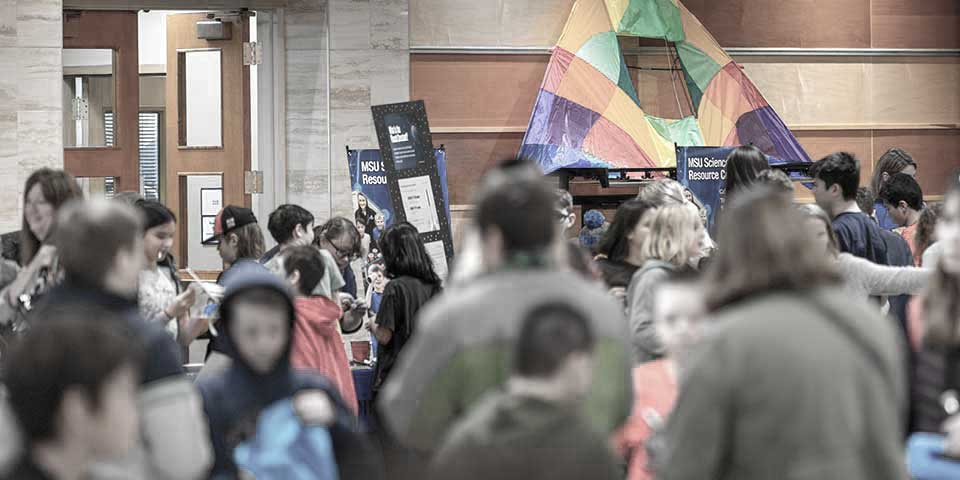MSU Science Day
Dates: February 5, 2026
Time: 9:30 - 11:00 a.m.
Cost: Free
Audience: Invited Schools
Location: Montana State University
Experience Montana State University’s research at MSU Science Day. MSU faculty and students will showcase their research through educational hands-on activities. Participants can circulate at their own pace through various engaging demonstrations and experiments in a science festival atmosphere.
Volunteers
Volunteers are critical to MSU Science Day and MSU Science Night. We welcome MSU faculty, students, student groups, and off-campus businesses and organizations.
Volunteers run stations by:
- Using a pre-designed STEM activity from one of our National Science Foundation kits
- Designing your own activity or exhibit

